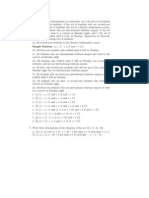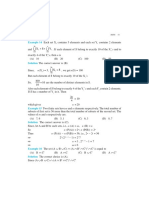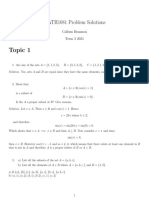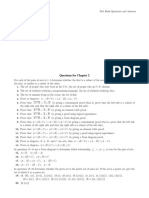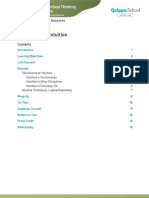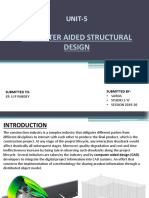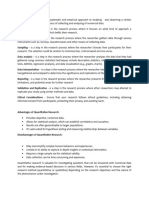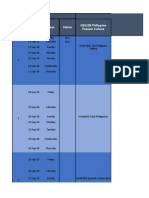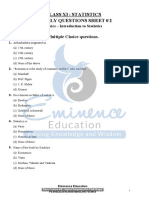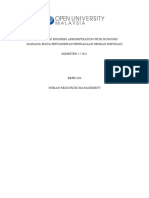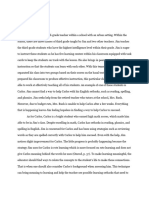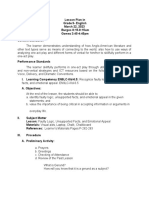0% found this document useful (0 votes)
10 views15 pagesEx 2 (B) - BSE Odisha
The document provides solutions to various exercises from Chapter 2 on Sets in the CHSE Odisha Class 11 Math textbook. It includes problems related to set operations such as union, intersection, and differences, along with proofs of set properties. Additionally, it presents examples involving real-world applications of set theory, such as counting students and preferences in a group.
Uploaded by
rabinarayan761122Copyright
© © All Rights Reserved
We take content rights seriously. If you suspect this is your content, claim it here.
Available Formats
Download as PDF, TXT or read online on Scribd
0% found this document useful (0 votes)
10 views15 pagesEx 2 (B) - BSE Odisha
The document provides solutions to various exercises from Chapter 2 on Sets in the CHSE Odisha Class 11 Math textbook. It includes problems related to set operations such as union, intersection, and differences, along with proofs of set properties. Additionally, it presents examples involving real-world applications of set theory, such as counting students and preferences in a group.
Uploaded by
rabinarayan761122Copyright
© © All Rights Reserved
We take content rights seriously. If you suspect this is your content, claim it here.
Available Formats
Download as PDF, TXT or read online on Scribd
/ 15









